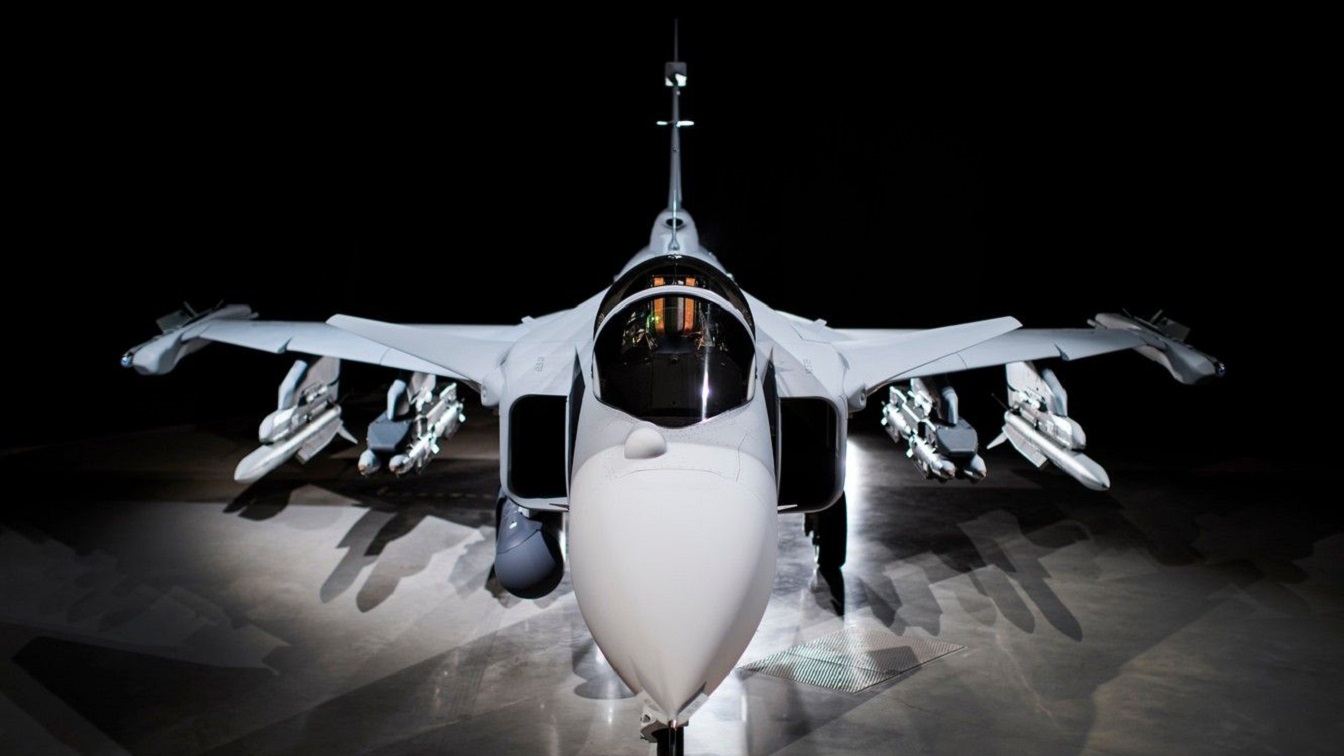Key Points: Sweden’s JAS 39 Gripen fighter, lacking real-world combat experience, builds its reputation through strong performance in international exercises.
-Notably, Thai Gripens dominated Chinese Su-27s in beyond-visual-range simulated combat during Falcon Strike 2015 due to superior radar and missiles.
-Brazilian Gripens showcased multi-role versatility using advanced sensors in CRUZEX 2024. Earlier drills, like Red Flag Alaska 2006, saw Swedish Gripens reportedly achieve high simulated kill scores against US F-16s, F-15s, and even a Typhoon, effectively using datalinks.
-This consistent success in demanding war games demonstrates the Gripen’s considerable capabilities as a 4.5-generation platform.
What Makes the JAS 39 Gripen
Sweden’s JAS 39 Gripen fighter is more in the news these days. It is becoming popular in the export market, and Canada may make a significant Gripen order if it cancels its agreement to buy 88 F-35 stealth fighters from the United States.
The Gripen is not a full fifth-generation airplane—it is more like a 4.5-generation—so it’s not fully stealthy. However, it is fast and maneuverable and perfect for air policing or dogfighting, and it can even conduct ground strike missions.
What About Flying in High-Stress Environments?
But how well does the JAS 39 Gripen perform under pressure? I’m referring to its record in war games, where it goes head-to-head against other fighters in simulations. The Gripen has not performed in actual combat, so evaluating its performance in battle drills is essential.
The Best Performance Was with Thailand’s Air Force
The most notable exercise the Gripen has conducted is with the Royal Thai Air Force. This “Falcon Strike” joint simulation lasted three weeks in 2015. The Thais were flying Gripens, and the Chinese were using Su-27s in Thai air space. The JAS 39 dominated the beyond-visual-range missile fight.
Thai pilots easily won the Gripen versus Su-27 matchup. Thai pilots extensively achieved simulated ” shoot-downs” against the Chinese. The Thais were instrumental in eliminating 41 Su-27s during the war games, while they lost only nine Gripens. Eighty-eight percent of the “kills” were from 19 miles or more, showing that the Gripen can easily achieve missile lock at long range.
The Latest Exercise Showed How Versatile the Gripen Could Be
In 2024, the Gripen was involved in a massive exercise in Latin America. In November, the Gripen was the featured participant in the CRUZEX 2024 drills over Natal Air Base in Rio Grande do Norte, Brazil. The Brazilian-piloted Gripens were easily the most advanced jets in the games. This is the largest multinational exercise in the Southern Hemisphere. 15 countries participated with 100 warplanes.
The Swedish military called the Gripen deployment a Composite Air Operation, which meant the Gripen was pushing the envelope to create the most realistic war game performances. The Gripen served both as the aggressor and defender airplane. The JAS 39s conducted missions over “enemy territory.” The Brazilian pilots also flew “defensive counter-air operations.”
AESA and IRST Systems Changed the Game
The Gripen performed well in the simulations and repeatedly displayed its air dominance features with high-performance flights. The Gripen defended against enemy attacks and took the fight to the enemy when it was time to switch roles. The airplane fielded its Active Electronically Scanned Array (AESA) radar and the Infra-Red Search and Track (IRST) passive targeting sensor, which allowed the Brazilian pilots to really strut their stuff.
Flying Great in Drills Since 2006
The JAS 39 also deployed during a much older but revealing exercise in 2006. The Swedish Air Force flight engineer who participated in the drills had many intriguing things to say about various engagements. The exercise was Red Flag Alaska 2006. Stefan Englund recalled that the Gripen performed well in stressful environments.
“The [Gripen] was assigned to the red team. Reduced AWACS, reduced ground support. The Gripens connected their link systems and acted as AWACs, got the necessary battlefield awareness and, avoided all ground defense, scored 10 kills the first day, including a Typhoon. No losses.
They remained undetected. One Gripen pilot knocked down five F-16 block 50+ during close air combat in Red Flag Alaska. And the Gripens never lost any aerial encounter or failed their mission objectives. It was the only fighter that performed all planed starts, while others were sitting on the ground waiting for the weather to clear up.” Englund said in an article by the Aviation Geek Club, which was initially documented on Quora.
That’s not all. Englund said, “During Loyal Arrow in Sweden, three F-15Cs from the USAF were intercepted by a Gripen acting as an aggressor. The result was two F-15s shot down, and one managed to escape due to better thrust/weight. To the F-15s defence it was on the Gripens back yard.”
Englund believes that due to these performances, the Gripen can be compared to the F-35, not in stealth capability, but in dogfighting during simulated combat drills.
This could be evidence that the Canadians may forgo the F-35 and order Gripens instead. The Canadians have placed the initial funding for 16 F-35s. It could have a collection of Lightning IIs and Gripens someday. If that becomes a reality, the Canadians could run drills that feature an F-35 versus JAS 39 matchup and see who wins those exercises.
The next step for the Gripen is actual combat. This will be the extreme test, but the airframe has much data to peruse from after-action reviews and pilot de-briefings during interviews from the war games. This will help whichever air force flies the Gripens. The JAS 39 thus has a significant amount of data points to analyze as pilots figure out the best way to fly it in pressure situations. So far, it is off to a good start in simulated battle.
JAS 39 Photo Essay

JAS 39 Gripen. Image Credit: Creative Commons.
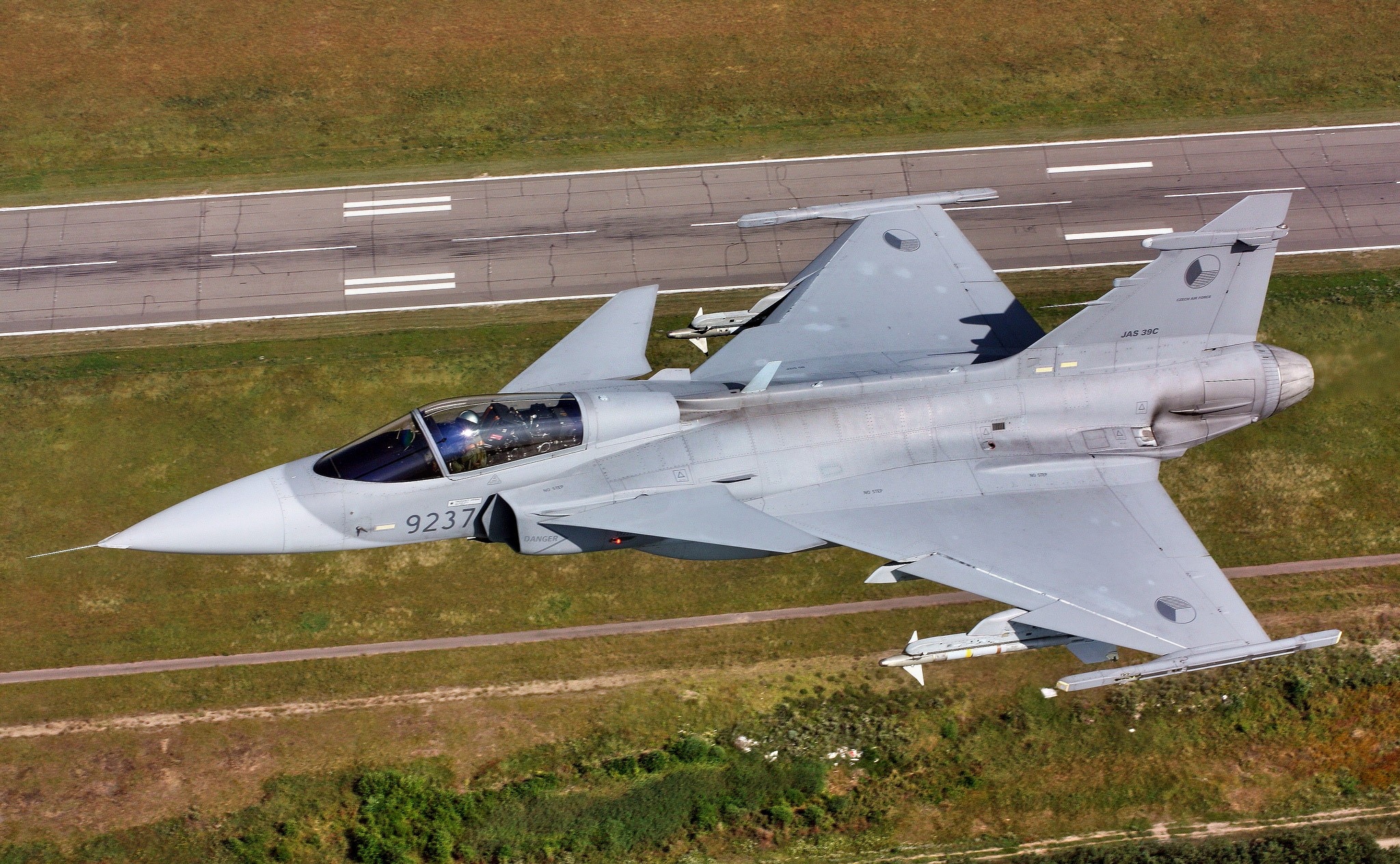
JAS 39 Gripen over a Road. Image Credit: Creative Commons.
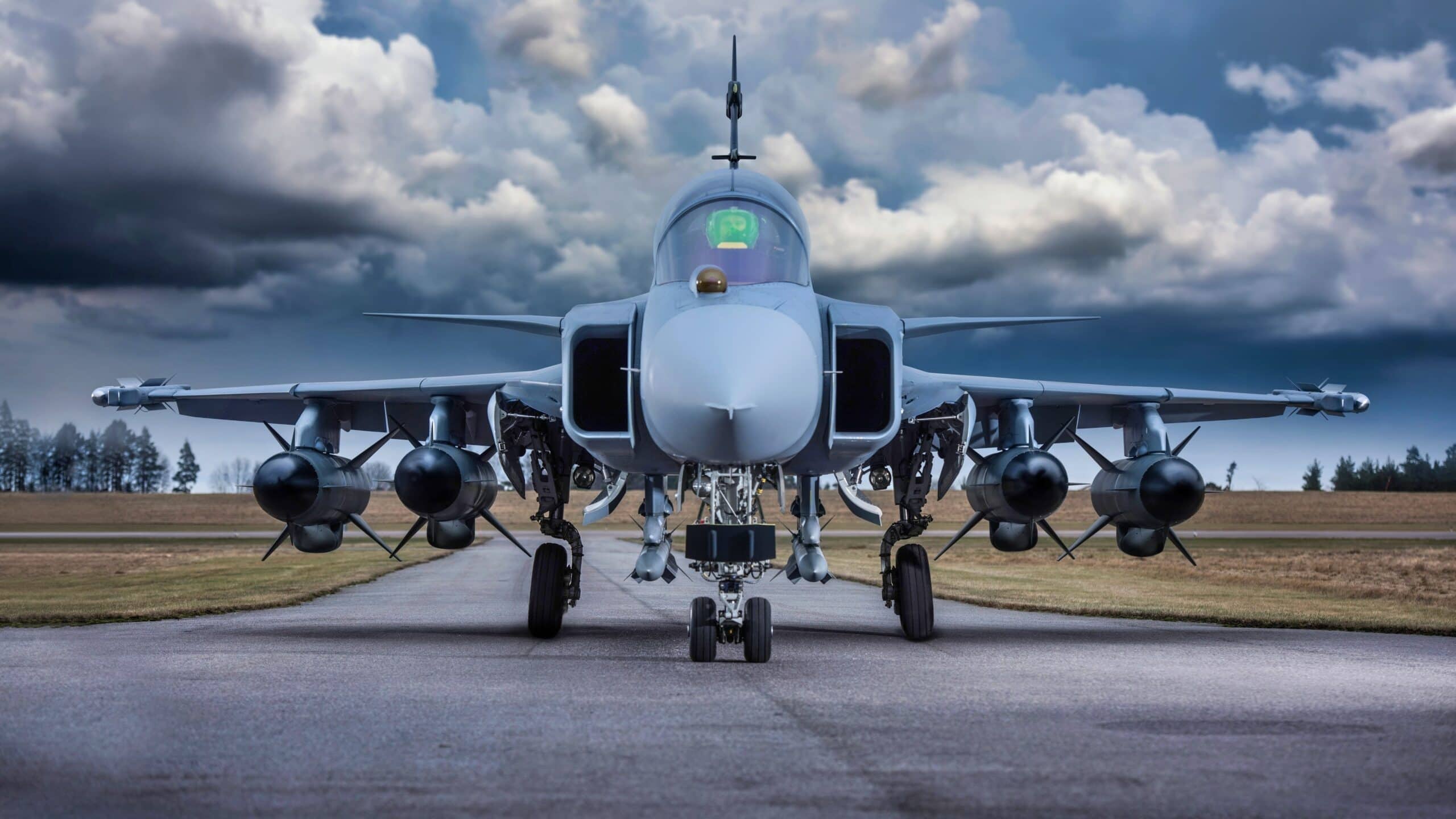
JAS 39 Gripen. Image Credit: Creative Commons.

JAS 39 Gripen on Runway. Image Credit: Creative Commons.
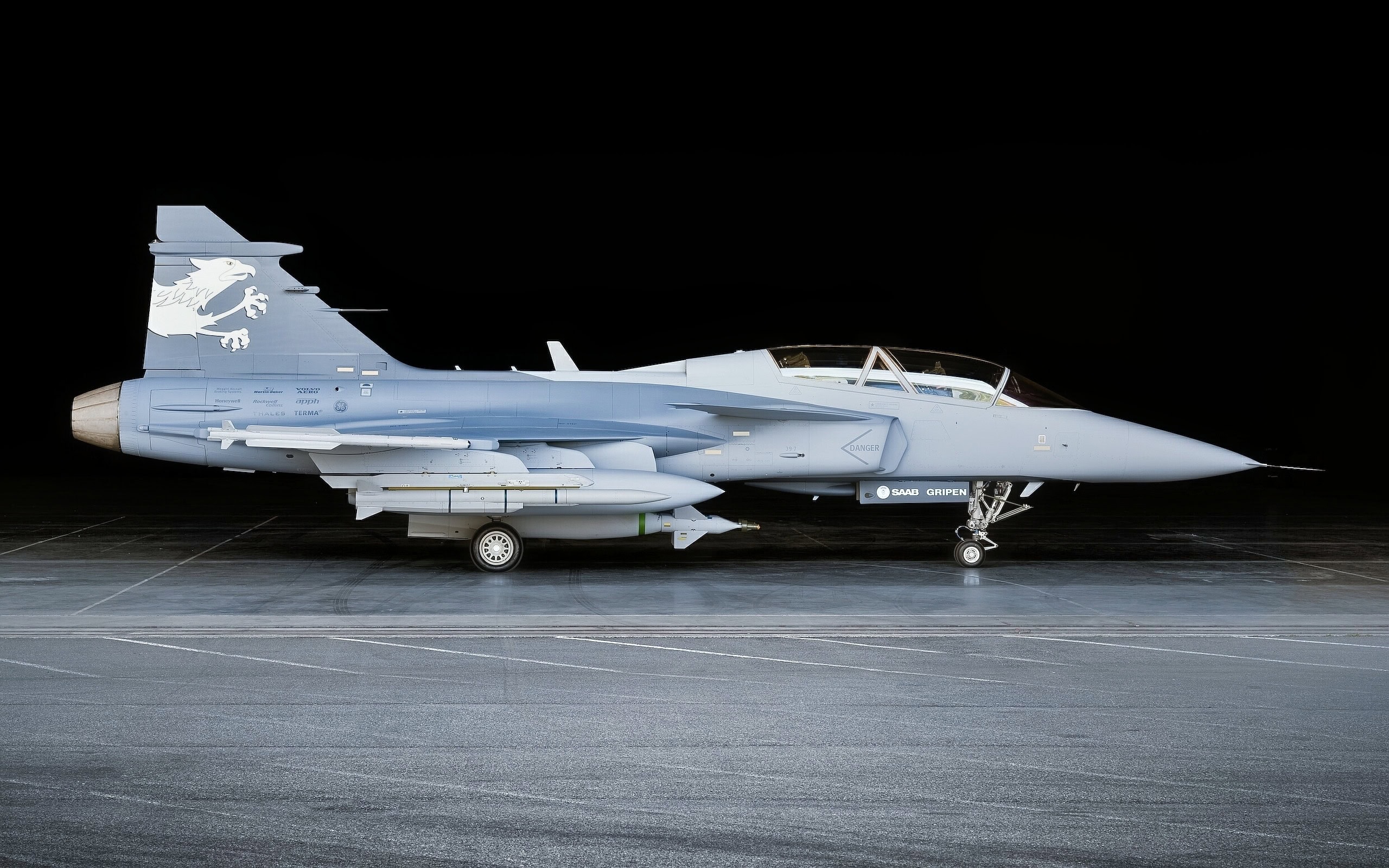
JAS 39 Gripen. Image Credit: Creative Commons.

JAS 39 Gripen. Image Credit: Creative Commons.
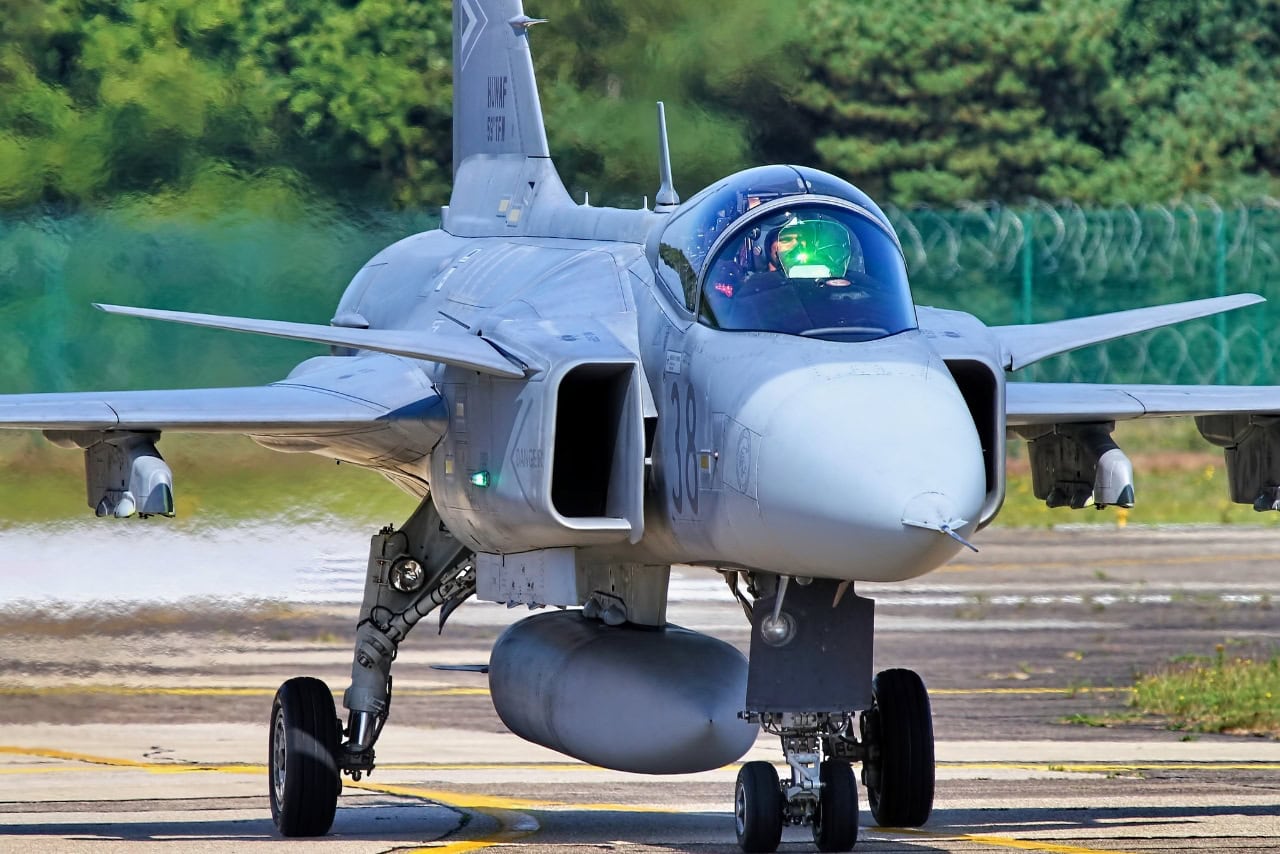
JAS 39 Gripen. Image Credit: Creative Commons.
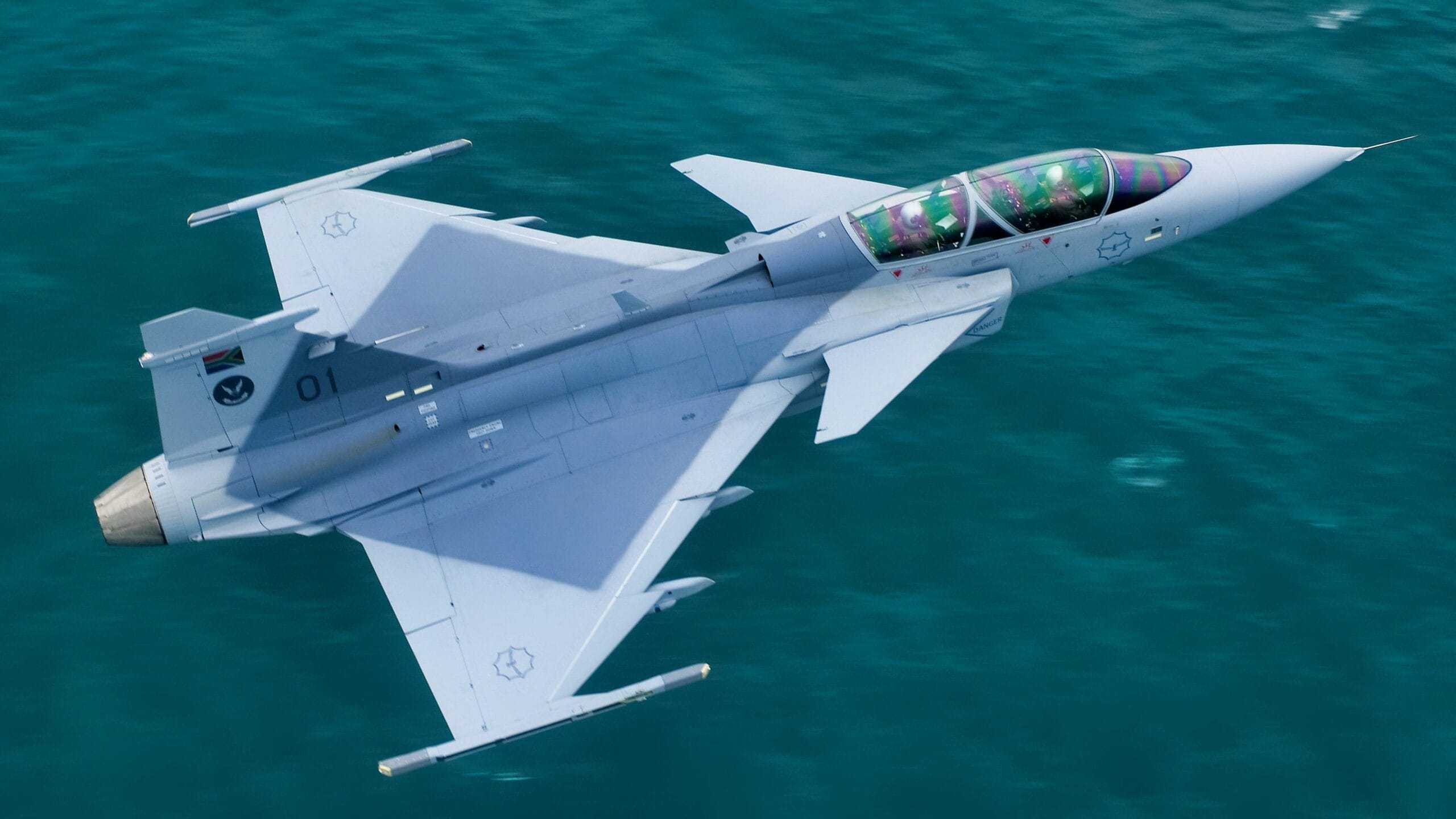
JAS 39 Gripen Fighter. Image Credit: Creative Commons.
About the Author: Dr. Brent M. Eastwood
Brent M. Eastwood, PhD is the author of Don’t Turn Your Back On the World: a Conservative Foreign Policy and Humans, Machines, and Data: Future Trends in Warfare plus two other books. Brent was the founder and CEO of a tech firm that predicted world events using artificial intelligence. He served as a legislative fellow for U.S. Senator Tim Scott and advised the senator on defense and foreign policy issues. He has taught at American University, George Washington University, and George Mason University. Brent is a former U.S. Army Infantry officer. He can be followed on X @BMEastwood.

